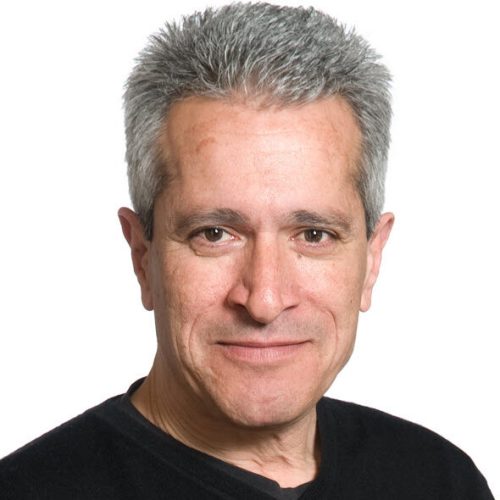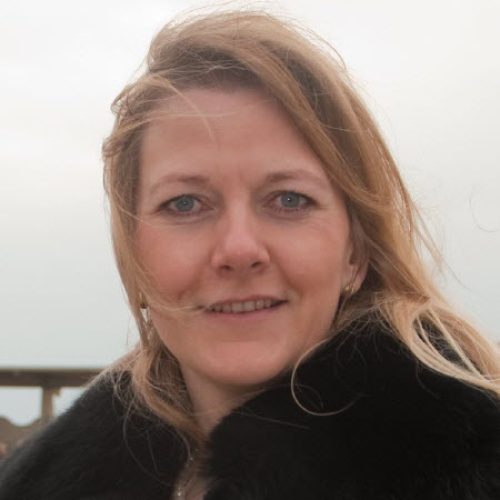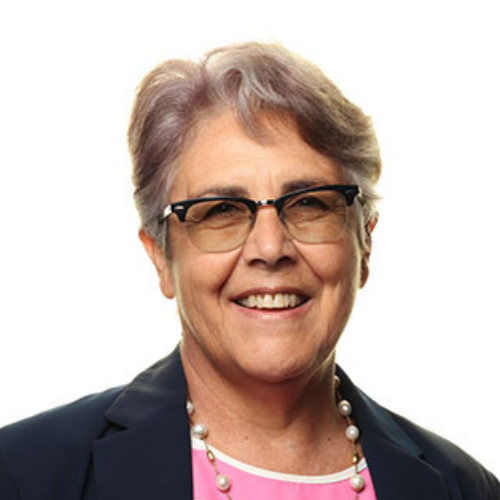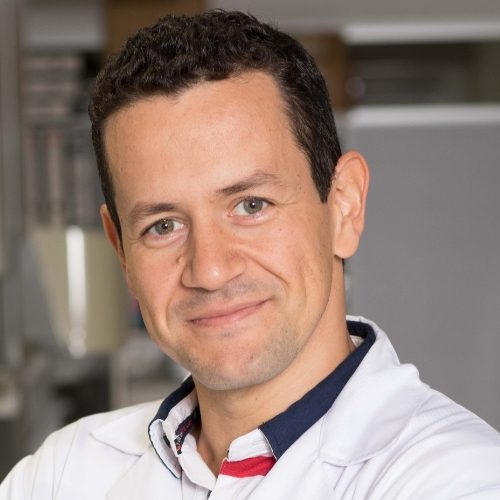Scientific Programme
SLEEP EUROPE 2024 SCIENTIFIC PROGRAMME
Sleep Europe 2024 features a diverse faculty of international experts from various fields of sleep. The preliminary interactive scientific programme is now available. The programme once again features our usual tracks, and now Paediatrics as the latest addition. It also features educational offerings including master classes, symposia, round table discussions and case studies as well as joint symposia.
- The live interactive scientific programme is currently being updated with oral presentations, and will go online once this is completed.
Track Overview
Basic Animal
Basic Human
Neurology
Paediatrics
Mental Health
Public Health
Respiratory
WHAT'S NEW?
NEW Paediatric Track

The importance of good sleep health isn't just for adults, but children too. Sleep Europe 2024 now features its own Paediatric educational track.
NEW Breakfast Buzz Sessions

Sleep Europe 2024 will feature 3 exclusive early morning sessions exploring hot topics from multiple points of view over breakfast.
Keynote Speakers
Access ESRS Sleep Europe 2024 Programme
CME Credits - Teaching Courses & Scientific Programme
“The 26th Congress of the European Sleep Research Society, Athens, Greece, 27/09/2022- 30/09/2022 has been accredited by the European Accreditation Council for Continuing Medical Education (EACCME®) with 23 European CME credits (ECMEC®s). Each medical specialist should claim only those hours of credit that he/she actually spent in the educational activity.”
“Through an agreement between the Union Européenne des Médecins Spécialistes and the American Medical Association, physicians may convert EACCME® credits to an equivalent number of AMA PRA Category 1 CreditsTM. Information on the process to convert EACCME® credit to AMA credit can be found at www.ama-assn.org/education/earn-credit-participation-international-activities.
“Live educational activities, occurring outside of Canada, recognised by the UEMS-EACCME® for ECMEC®s are deemed to be Accredited Group Learning Activities (Section 1) as defined by the Maintenance of Certification Program of the Royal College of Physicians and Surgeons of Canada.”
The EACCME® awards ECMEC®s on the basis of 1 ECMEC® for one hour of CME with a maximum of 8 ECMEC®s per day. Cf. Chapter X of UEMS 2016.20.
CME per Teaching Course
- Somnology Essentials – must-know for the ESRS Somnologist – 6.00
- Translational Sleep Medicine: from basic to clinical – 3.00
- Advanced approaches to parasomnias – 3.00
- Non-invasive brain stimulation techniques to enhance sleep and improve cognition – 3.00
- Year in Review Basic – 3.00
- Year in Review Clinical – 3.00
CME per day
- 27 September 2022 – 6.00
- 28 September 2022 – 7.00
- 29 September 2022 – 6.00
- 30 September 2022 – 4.00
Master Classes
1. Cognitive Behavioural Therapy for Insomnia Disorder – The new guidelines on evaluation and treatment of insomnia disorder and the treatment of choice.
Target Audience: Qualified health professionals who are involved in the diagnosis and the treatment of insomnia (e.g. clinical psychologists, psychotherapists, psychiatrists, neurologists, general practitioners, paediatricians, gynaecologists, geriatrics).
Learning Objectives: The course aims at offering to health professionals comprehensive information on evidence based diagnosis and treatment of insomnia. It includes a focus on the first line intervention for the disorder, comparing different therapeutical approaches and their mechanisms. Furthermore, the course considers the role of different steps and professionals in the care of insomnia with an attention on the lifespan and on specific clinical populations.
2. A course on sleep research in animal models: experimental design, methodology, sleep scoring and data analysis
Target Audience:
Learning Objectives:
3. Wearable sensors and artificial intelligence for sleep medicine and sleep research: a primer for clinicians and biomedical scientists
Target Audience: Clinicians, psychologists, scientists, and technicians with an interest in contemporary applications of wearable sensors and artificial intelligence to sleep medicine, sleep research and public health. The course specifically targets an audience with a bio-medicine or psychology background and does not require expertise in engineering, physics, or mathematics. Previous clinical and/or research experience with wearable sensors is an advantage but not required
Learning Objectives:
1. Grasp the physics and physiology behind the different information content of different wearable sensors for sleep medicine and sleep research.
2. Learn the essential concepts and vocabulary of artificial intelligence for the analysis of sensor data in the sleep field.
3. Understand the current options for data representations for multimodal wearable sleep recordings.
4. Get the basics on the current state of the science and recommendations for using wearable technology in sleep and circadian research.
4. Telemedicine: the game-changer in sleep-disordered breathing
Target Audience: All professionals who practice sleep medicine, with interest in the use telemedicine in all aspects of sleep-disordered breathing.
Learning Objectives:
1. To obtain an overview of using digital technologies in the diagnosis and management of sleep-disordered breathing.
2. To highlight the clinical implementation of telemedicine in the follow-up of patients with sleep apnoea.
3. To discuss the role of telemedicine in the implementation of personalized medicine.
5. What’s new on pharmacological treatment sleep disorders across the lifespan
Target Audience:
Learning Objectives:
6. What makes a great Paper?
Target Audience: Early and mid-career researchers particularly and those just starting to submit the results of their research but open to all.
Learning Objectives: This workshop summarises how research papers should be structured for maximum impact and communication of results, how reviewing a paper is best undertaken for improving scientific quality. We will stress the importance of understanding and following ICJME (International Committee of Medical Journal Editors) guidelines, as well as discussing common ethical issues that occur in the world of scientific publishing. Audience participation is essential.
7. Lessons and challenges in performing Big Data neuroimaging analyses in sleep research
Target Audience: Early-, mid- and late-career scientists with an interest in setting up consortia and using big data for sleep research.
Learning Objectives: After following this teaching course, attendees will have an understanding of challenges associated with performing big data analyses, and the application to sleep research.










